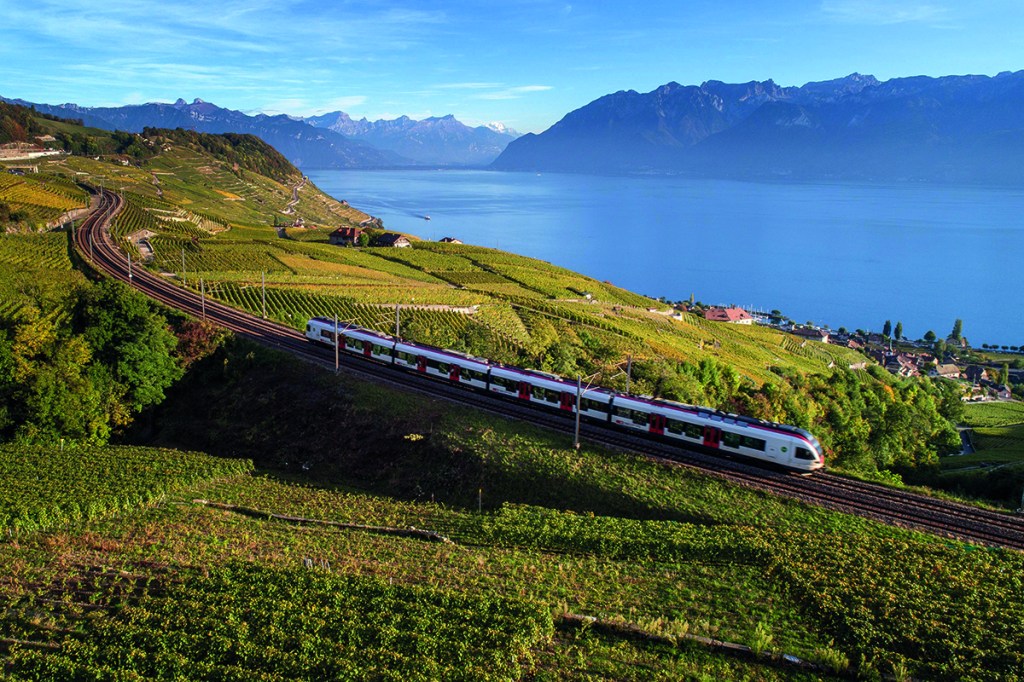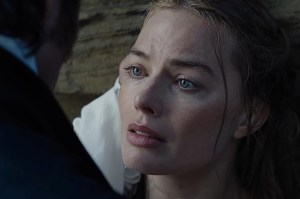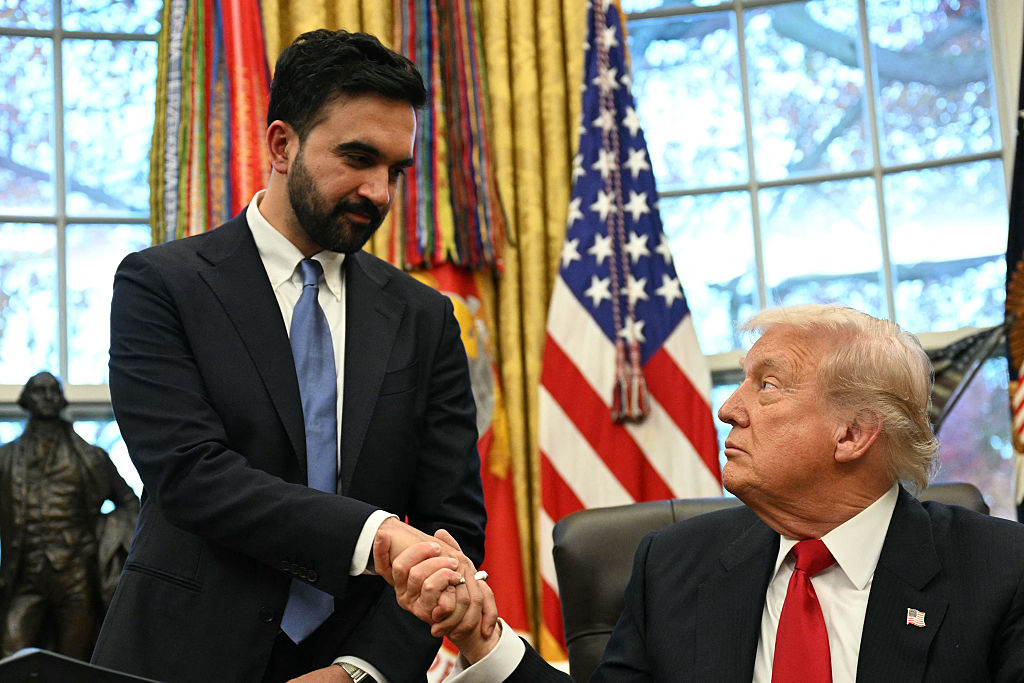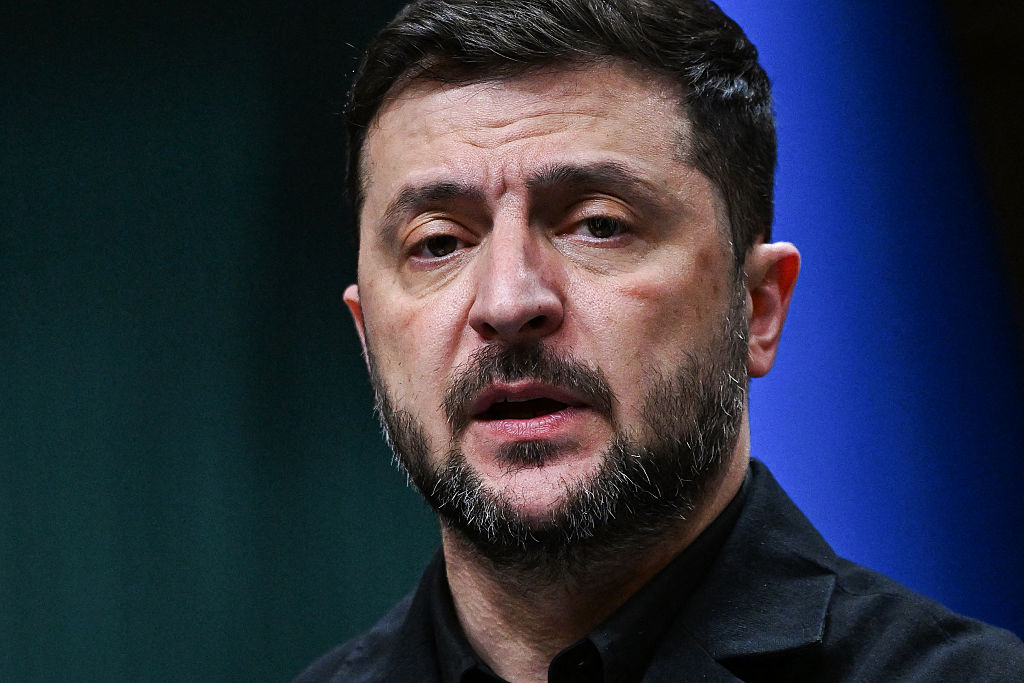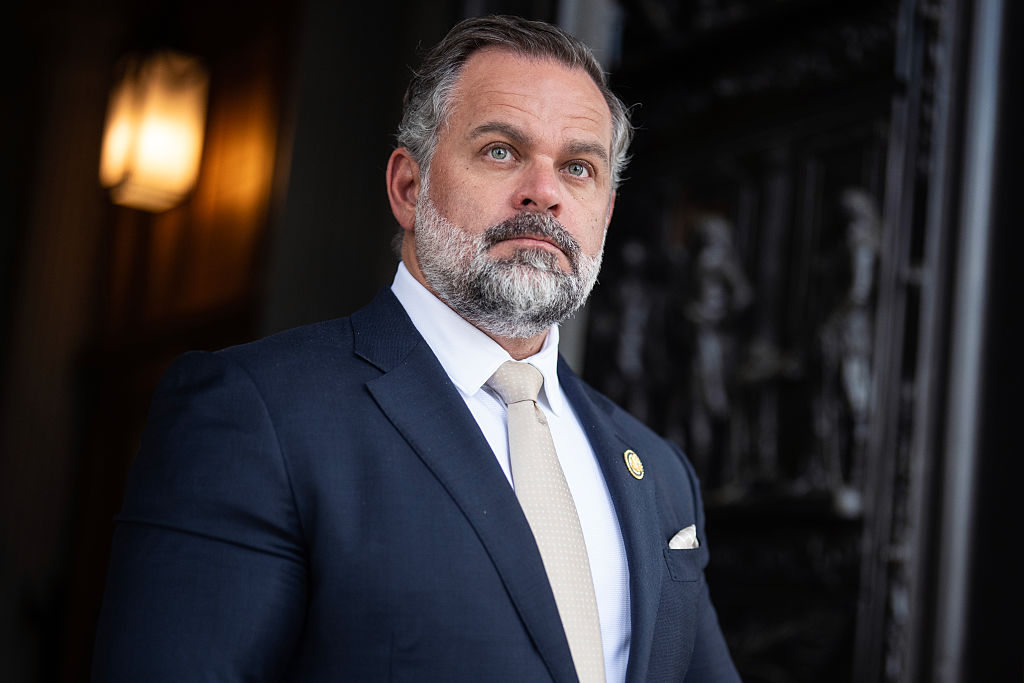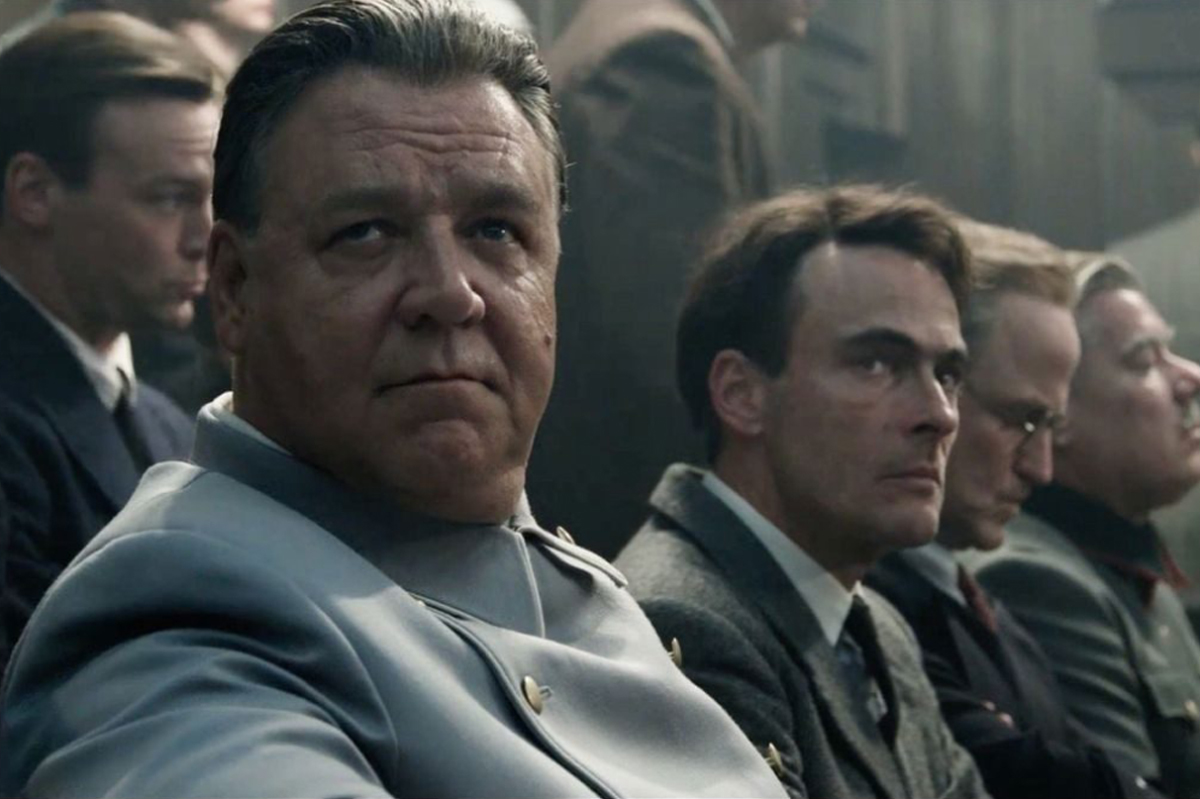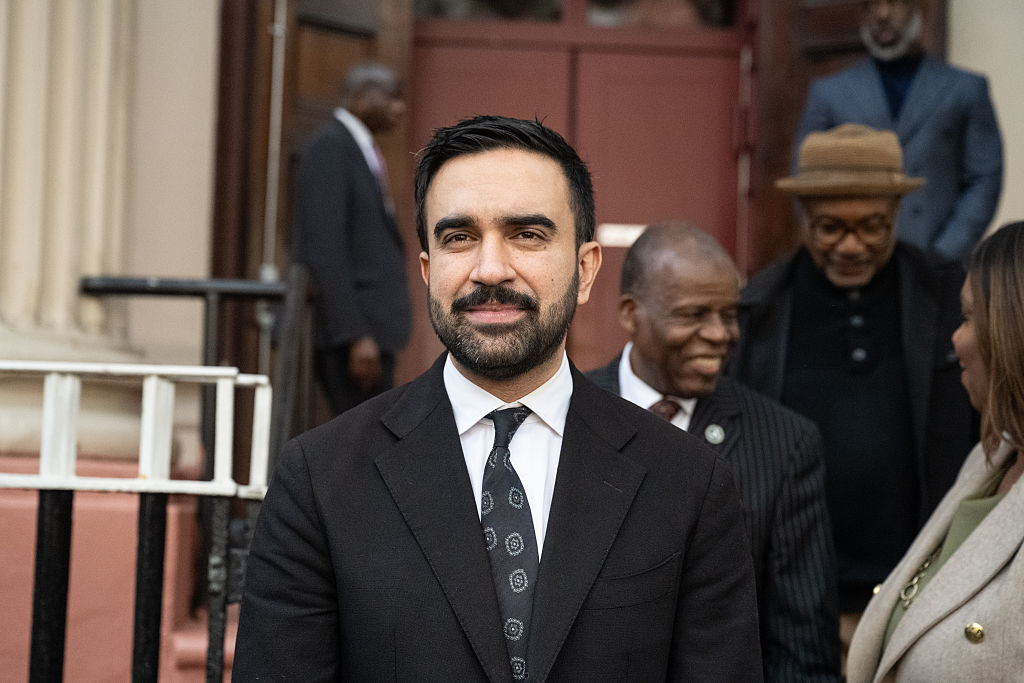When I first set eyes on Lake Geneva, 30 years ago, I was traveling across Europe with the woman who would become my wife. We’d traveled by train through Germany. We were now on our way to France, to a chalet in the Alps. That meant a change of trains in Lausanne, in Switzerland. We’d never been to Switzerland. We decided to stop off for the night.
I can still recall my first view of the lake, from the window of our cheap hotel. I had no idea it was so vast. France was a faint blur across the water, framed by snowcapped peaks. We walked up to the cathedral to get a better look. There was a wedding party outside, showering two newlyweds with confetti. They got into a car and drove away, and their friends drove after them, beeping their horns as they followed them down towards the lake.
I’ve been back here many times since then, and each time I return I remember that wedding. For me, it encapsulates the strange magic of this lake. When we came out of lockdown, it was the first place I went to. What draws me back? Partly it’s the scenery — one of Europe’s largest lakes, set against Europe’s tallest mountains — but it’s also the rich history. The Celts were here, then the Romans, then medieval monks and warlike knights. In the 18th century it was a refuge for free thinkers like Voltaire and Rousseau. In the 19th century it was a playground for aristocrats. In the 20th century it was a playground for film stars. And in our brave new world? Who knows?
The best way to see Lake Geneva is from the water, and the best way to travel is on the ferries that crisscross the lake. Some of these boats are old paddle steamers, but even the more modern ones are pretty, and a lot of passengers are locals. It’s a good way to get around. You’ll need a few days to tour the lake — a week if you want to stop off in all the places along the way. Although Geneva is the biggest city on the lake, there’s much more to Lake Geneva than Geneva. Locals call it Lac Léman, a better name by far.
Geneva is the easiest place to start your voyage (the airport is only a few miles away), but this time I had work to do in Zurich, so I came the other way, by train across the Alps to Montreux, at the other end of the lake. It’s a long way round, but if you’ve got time to spare it’s spectacular. As my train clanked down the hillside, Lac Léman lay spread out below me like a map. My flight home from Geneva wasn’t for several days, giving me a few days here with nothing to do and all day to do it. I couldn’t wait.
Layabouts like me have been coming to Lac Léman for 200 years, ever since Lord Byron came here with Percy Bysshe Shelley and his teenage bride Mary Shelley. Both men were on the run: Byron from the scandal of his liaison with his half-sister, Shelley from the scandal of his first marriage (after he eloped with Mary, his first wife committed suicide). It was here that Mary wrote Frankenstein, but it was Byron’s ‘The Prisoner of Chillon’ which put Lac Léman on the tourist trail. His fans flocked here to seek out the locations in his epic poem, kickstarting Switzerland’s holiday trade.
The most dramatic location, Château Chillon, is right on the lake. Byron’s poem was inspired by real events, and even 200 years of sightseers haven’t dispelled its stark power. From here it’s a short walk along the waterfront to Montreux, famous for its jazz festival. The glitziest resort on the lake, Montreux to me feels rather hollow, but the Belle Époque architecture is stunning, especially the Montreux Palace Hotel, where Vladimir Nabokov lived for several years. There’s an enchanting statue of him outside, leaning back on his chair as if he’s about to topple over into the water.
A short ferry ride away, Vevey is a nice contrast, my favorite place on the lake. Unlike Montreux, it’s relatively untouched by tourism, but the vieux-ville is full of atmosphere. You can see why Graham Greene chose to end his days here. Stay at the Hotel du Lac, which inspired Anita Brookner’s eponymous novel. When she set her somber story here, this hotel was rather tired. It’s now called the Grand Hotel du Lac (and it’s very grand indeed), but the melancholy beauty of Brookner’s book endures. The terraced vineyards above the town boast some of Switzerland’s best wines.
James Mason and Audrey Hepburn also ended their days on Lac Léman, but the biggest star who wound up here was Charlie Chaplin. Driven out of America by Joseph McCarthy, in 1953 he bought a beautiful mansion, Le Manoir de Ban, on a wooded hill near Vevey, and lived there until he died. I first went there in 2011, to meet Chaplin’s son Michael, to hear about his plans to turn this empty house into a museum. I thought it was just a pipedream, but Chaplin’s World is now up and running, a fitting tribute to a great artist, in the house where he spent the last 24 years of his life.
Lausanne is the liveliest city on Lac Léman, with a big student population, the best nightlife and some fine galleries and museums. It’s an ideal base for exploring the French side of the lake. There are frequent ferries to Evian, a handsome fin de siècle spa town, famous for its mineral water. I feared it might be a bit stuck up, but it’s actually refreshingly down-to-earth. You can refill your Evian bottles for free, straight from the spring.
Sailing west, the next stop is Nyon, a bustling market town guaranteed to give Tintinophiles a peculiar sense of déjà vu. That’s because Hergé used it as a setting for The Calculus Affair. There’s a rugged castle, but the main attraction is the splendid Roman museum, built within the foundations of the Forum (this was the biggest city on the lake in Roman times).
Over the water is Yvoire, a perfectly preserved medieval village, but I had no time to revisit it. I was due back at Geneva airport that afternoon. In Geneva, I normally head for Carouge, the district with the most attractive architecture and the best bars and restaurants, but there was no time for that either. Not today. Instead, I had lunch at the Beau Rivage, that grand old hotel on the quayside, where Empress Elisabeth of Austria (aka Sisi) was assassinated by an Italian anarchist in 1898. Sisi is little known among English-speakers nowadays, but she remains a legend in central Europe, a Teutonic Princess Diana. This historic hotel felt like a fitting place to end my trip.
Back at Geneva’s bland modern airport, waiting for my homebound flight, I looked up Lausanne in my battered guidebook and found this quote by Victor Hugo: ‘From the terrace of the cathedral I saw the lake above the roofs, the mountains above the lake, the clouds above the mountains, and the stars above the clouds. It was like a staircase where my thoughts climbed up step by step and broadened at each new height.’ It was getting dark. I thought about that wedding and wished I were back on Lac Léman.
This article was originally published in The Spectator’s February 2021 US edition.



